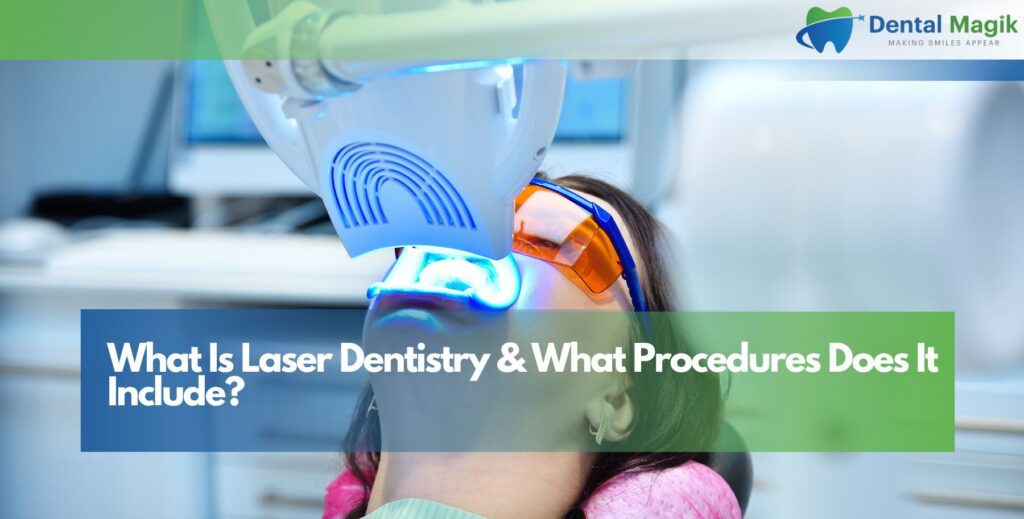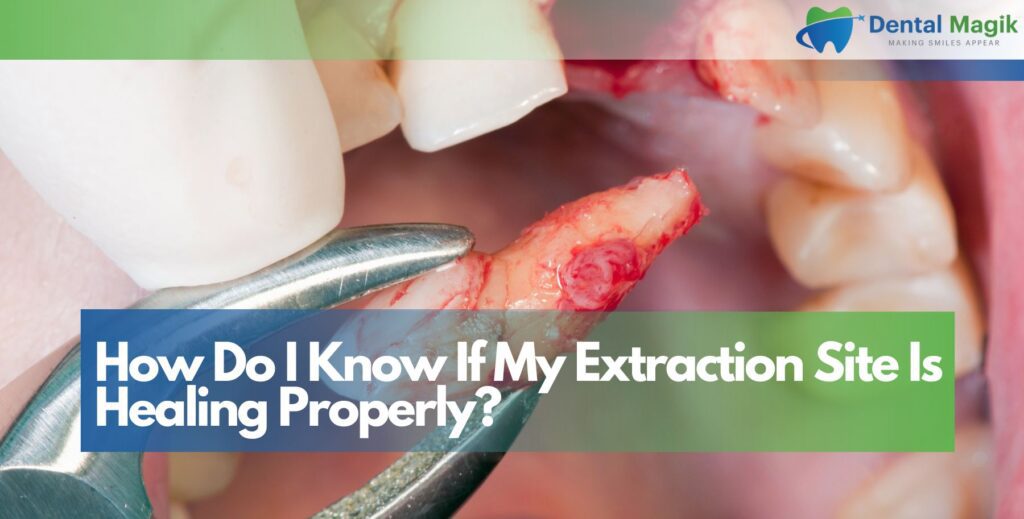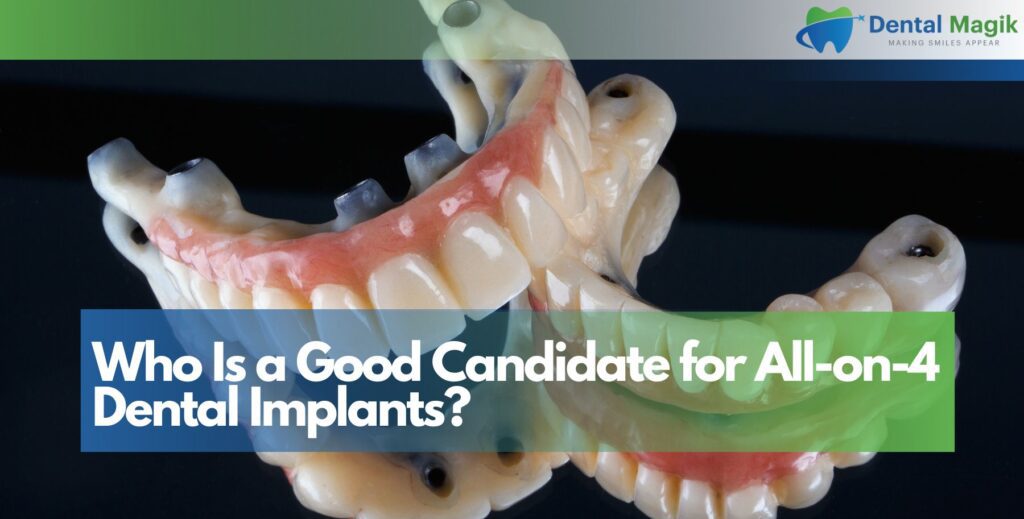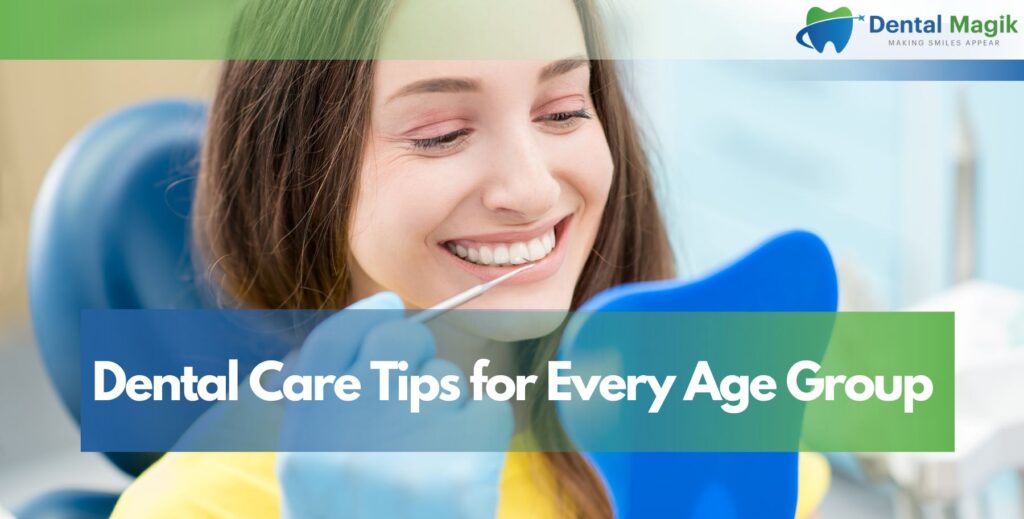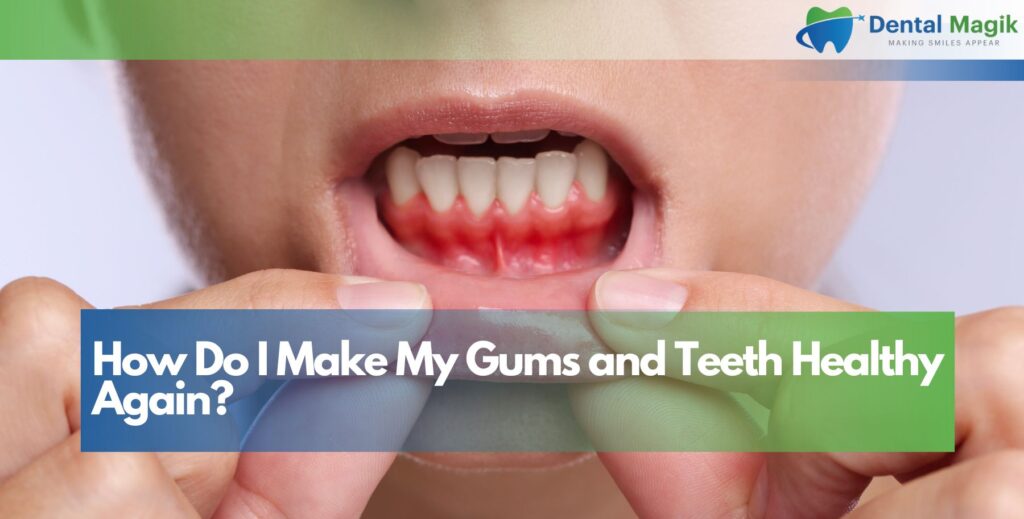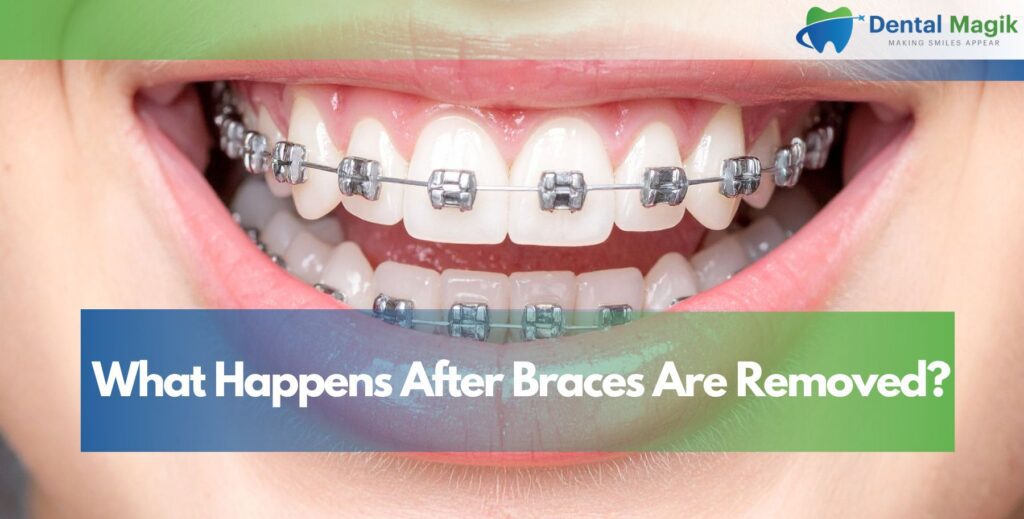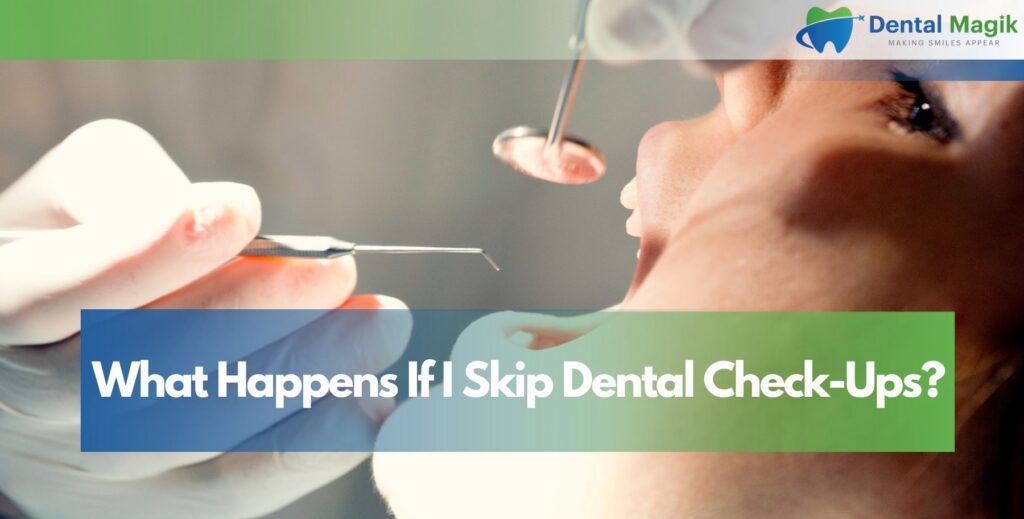Dental technology has advanced significantly in the last few decades, offering patients safer, faster, and more comfortable treatments. Among the most revolutionary techniques is laser dentistry. From treating cavities to reshaping gums, lasers are now widely used in dental practices to enhance precision and reduce discomfort.
So, what exactly is laser dentistry, and what procedures can it cover? Let’s dive into everything you need to know about this innovative approach, its benefits, costs, and what to expect if you’re considering it.
What Is Laser Dentistry?
Laser dentistry involves using concentrated beams of light energy—known as lasers—to perform a wide range of dental procedures. The laser acts as a cutting or vaporizing tool, replacing traditional drills and scalpels in many cases.
Why Lasers Are Transforming Dentistry
Unlike traditional methods, dental lasers provide enhanced accuracy, minimize bleeding, and often eliminate the need for anesthesia. They sterilize the treatment area as they work, reducing the risk of infection and speeding up healing.
Types of Dental Lasers
There are two main categories:
- Hard tissue lasers: Used for teeth, ideal for cavity detection, decay removal, and preparing teeth for fillings.
- Soft tissue lasers: Used for gums, ideal for reshaping gum lines, treating periodontal disease, and performing biopsies.
Benefits of Laser Dentistry
Laser dentistry offers precise treatment with minimal pain, faster healing, and less bleeding. Patients experience reduced discomfort compared to traditional methods, often avoiding anesthesia altogether. The sterilizing effect of lasers lowers infection risks, while cosmetic improvements like gum contouring enhance confidence. It’s an advanced, patient-friendly approach to modern dental care.
Minimally Invasive Treatment
Laser dental treatments are less invasive than traditional techniques, meaning less discomfort during and after procedures.
Faster Healing and Recovery
Because dental lasers cause less trauma, tissues heal faster, with reduced swelling and bleeding.
Reduced Anxiety for Patients
For patients with dental anxiety, laser dentistry provides a quieter, less intimidating experience compared to drills.
Greater Precision
Lasers target only the affected areas, protecting surrounding healthy tissues.
Procedures That Use Laser Dentistry
Laser dental procedures cover a wide range, from cavity removal and gum disease treatment to gum contouring, frenectomy, and teeth whitening. Lasers also treat ulcers, lesions, and oral biopsies with precision. Patients benefit from shorter recovery times, less invasive techniques, and enhanced cosmetic outcomes, making laser treatments increasingly popular worldwide.
Laser Cavity Treatment
Instead of traditional drilling, lasers remove decayed tooth structure precisely, preparing teeth for fillings without noise or vibration.
Gum Disease Treatment
Laser gum therapy targets bacteria and infected tissue while leaving healthy gums intact. This is especially effective for treating periodontitis.
Gum Contouring and Reshaping
For patients with a “gummy smile” or uneven gum lines, laser gum contouring sculpts a natural-looking smile.
Frenectomy and Tongue-Tie Release
Lasers can quickly and safely release tongue-ties or lip-ties, improving speech and oral function in children and adults.
Teeth Whitening
Laser teeth whitening uses a special light-activated gel combined with lasers to whiten teeth faster and more effectively than over-the-counter products.
Lesion and Ulcer Removal
Oral lesions, canker sores, and cold sores can be treated quickly with laser dentistry, providing immediate relief.
Biopsies
Lasers allow dentists to remove small tissue samples for oral cancer screening with less discomfort.
How Does Laser Dentistry Work?
Dental lasers use focused beams of light energy to cut, reshape, or vaporize tissues. Hard tissue lasers target enamel and dentin, while soft tissue lasers treat gums. By sealing blood vessels and nerves during procedures, lasers reduce pain, bleeding, and swelling, offering a safer and more comfortable dental experience.
Hard Tissue Laser Procedures
Hard tissue lasers penetrate the enamel and dentin, making them perfect for cavity detection, decay removal, and tooth preparation.
Soft Tissue Laser Procedures
Soft tissue lasers use wavelengths that cut and seal blood vessels simultaneously. This minimizes bleeding and discomfort during gum surgery or contouring.
Is Laser Dentistry Safe?
Yes, laser dental treatments are FDA-approved and widely considered safe when performed by trained dentists. Patients may wear protective eyewear during the procedure.
Why Safety Is Guaranteed
- Less invasive than scalpels
- Sterilizes tissues during treatment
- Reduces the need for stitches
Who Is a Good Candidate for Laser Dentistry?
Ideal candidates for laser dentistry include patients with gum disease, cavities, or cosmetic gum concerns. Those with dental anxiety benefit from quieter, less invasive treatments. However, individuals with extensive decay, metal restorations, or certain medical conditions may require traditional care. A dentist’s evaluation determines suitability for laser-based procedures.
Ideal Candidates
- Patients with dental anxiety
- Individuals with gum disease
- People seeking cosmetic gum reshaping
- Patients needing cavity treatment without drilling
When It May Not Be Suitable
- Extensive decay requiring traditional drills
- Restorations like crowns or metal fillings may limit laser use
Cost of Laser Dentistry
The cost of laser dentistry varies depending on the procedure. Gum treatments range from $200–$400 per quadrant, while teeth whitening may cost $500–$1,200. Cavity removal with lasers can reach $600 per tooth. Though often higher than traditional care, many patients consider the faster healing and comfort worth the investment.
Average Costs
- Laser gum treatment: $200–$400 per quadrant
- Laser teeth whitening: $500–$1,200
- Cavity treatment with lasers: $300–$600 per tooth
Factors That Affect Pricing
- Type of procedure
- Complexity of treatment
- Dentist’s experience and technology used
While laser dentistry costs may be slightly higher than traditional treatments, many patients find the comfort and faster recovery worth the price.
Advantages of Laser Dentistry Compared to Traditional Methods
Compared to drills and scalpels, laser dentistry provides unmatched precision and reduced trauma. Patients experience less pain, quicker recovery, and fewer stitches. Lasers sterilize as they work, lowering infection risks. The quiet, vibration-free treatment reduces dental anxiety. For both functional and cosmetic needs, lasers often outperform conventional dental tools.
Comfort and Reduced Pain
Fewer patients require anesthesia, and many report minimal pain during procedures.
Lower Risk of Infection
Lasers sterilize as they cut, reducing infection risk.
Cosmetic Improvements
Laser gum contouring creates aesthetically pleasing results that traditional methods may not achieve.
Disadvantages of Laser Dentistry
While highly effective, there are limitations:
- Not always suitable for deep cavities or old fillings.
- Higher cost than traditional procedures.
- Some procedures still require drilling or anesthesia.
Laser Dentistry in Cosmetic Dentistry
In cosmetic care, laser dentistry is widely used for gum contouring, reshaping gummy smiles, and enhancing symmetry. It also powers fast, effective teeth whitening, delivering noticeable results in a single visit. With minimal downtime and natural-looking outcomes, lasers are a top choice for patients seeking aesthetic improvements to their smiles.
Gum Contouring for Aesthetic Smiles
Patients with uneven gum lines benefit from laser contouring, which balances the smile without invasive surgery.
Laser-Assisted Teeth Whitening
A powerful and fast way to brighten smiles, laser whitening is popular in cosmetic dental practices.
What to Expect During Laser Dentistry
Patients undergoing laser dental treatment can expect a quick, comfortable experience. Protective eyewear is provided, and anesthesia is often unnecessary. The dentist uses a small laser device, causing little noise or vibration. Most procedures involve minimal bleeding, reduced swelling, and shorter recovery times compared to traditional dental methods.
Before Treatment
- A dental exam and X-rays to plan the procedure.
- Protective eyewear is provided.
During Treatment
- The dentist uses a laser handpiece to perform the procedure.
- Little to no vibration, noise, or pressure is felt.
After Treatment
- Most patients experience minimal discomfort.
- Recovery time is significantly shorter than traditional treatments.
Recovery After Laser Dentistry
Recovery is usually quick and smooth.
Post-Treatment Care
- Stick to soft foods for 1–2 days.
- Rinse with prescribed mouthwash.
- Avoid smoking, as it delays healing.
Healing Timeline
- Minor gum procedures: 2–5 days
- Major gum surgery: 1–2 weeks
- Whitening treatments: immediate results
Long-Term Results of Laser Dentistry
The long-term results of laser dentistry are highly effective. Gum reshaping provides lasting cosmetic improvements, gum disease treatments reduce recurrence, and whitening enhances smiles for months. Success depends on oral hygiene and follow-up care. With proper maintenance, laser treatments deliver durable results, helping patients maintain healthier, more confident smiles.
Durability of Treatments
Most laser dental treatments provide long-lasting results, especially when combined with good oral hygiene.
Preventing Future Issues
Regular dental checkups and daily brushing and flossing are key to maintaining results.
Conclusion
Laser dentistry has transformed modern dental care by offering faster, safer, and less invasive treatments. Whether you’re looking for gum contouring, cavity treatment, or cosmetic whitening, lasers can provide superior precision and comfort.
If you’re considering laser dental treatments, consult an experienced dentist in East Brunswick, NJ to explore your options and achieve the best outcome.
FAQs
What are the disadvantages of laser dentistry?
Not all procedures can be completed with lasers, costs may be higher, and some treatments still require traditional tools.
How much does dental laser treatment cost?
The cost varies from $200 to over $1,200 depending on the procedure and complexity.
Is dental laser treatment worth it?
Yes, for many patients, the faster healing, reduced pain, and precision make it a worthwhile investment.
How long does it take for gums to heal after laser?
Minor gum procedures heal in 2–5 days, while more extensive gum surgery may take 1–2 weeks.
How bad does it hurt to get your gums lasered?
Most patients report little to no pain due to the minimally invasive nature of lasers.
What is the success rate of laser gum surgery?
Laser gum surgeries have a success rate of over 90%, especially when paired with good oral hygiene.
How expensive is gum lasering?
Gum lasering typically costs $200–$400 per quadrant, depending on severity and complexity.
Do you get put to sleep for laser gum surgery?
Most procedures only require local anesthesia; sedation may be used for anxious patients.
What is the fastest way to heal swollen gums?
Good oral hygiene, saltwater rinses, and professional dental care are the fastest ways to heal swollen gums.

